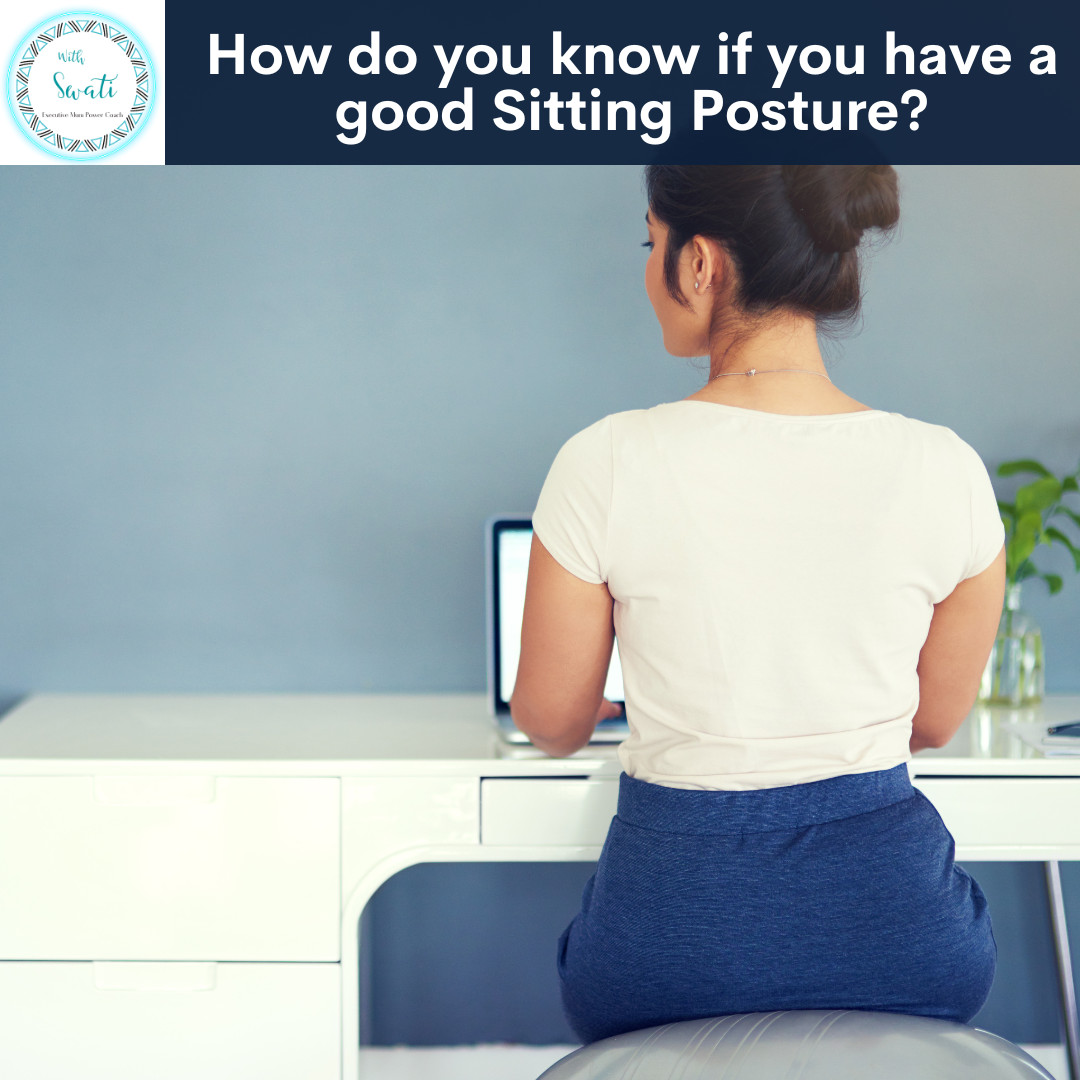
Many working mums have a poor posture as they sit for long hours slumped over their desk or for long meetings or long flights for work travels. You may have tried to correct your posture once you are aware of the poor posture. But how would you know if you are sitting in a good posture? In this blog, lets discuss five simple points that can help you determine if you are sitting in a good posture.
Consider your side profile (you can get someone to take a picture for you and have a look at that) and draw an imaginary line from your ear lobes to the tip of your shoulder. If yes then this is the ideal posture for the neck. If the ear lobes fall ahead of the shoulder tip then you may have a forward head posture (chin poking out). You can make a note of this distance between the shoulder tip and ear lobes and keep this number for monitoring if you are progressing with your postural correction. See the picture below for clarification:
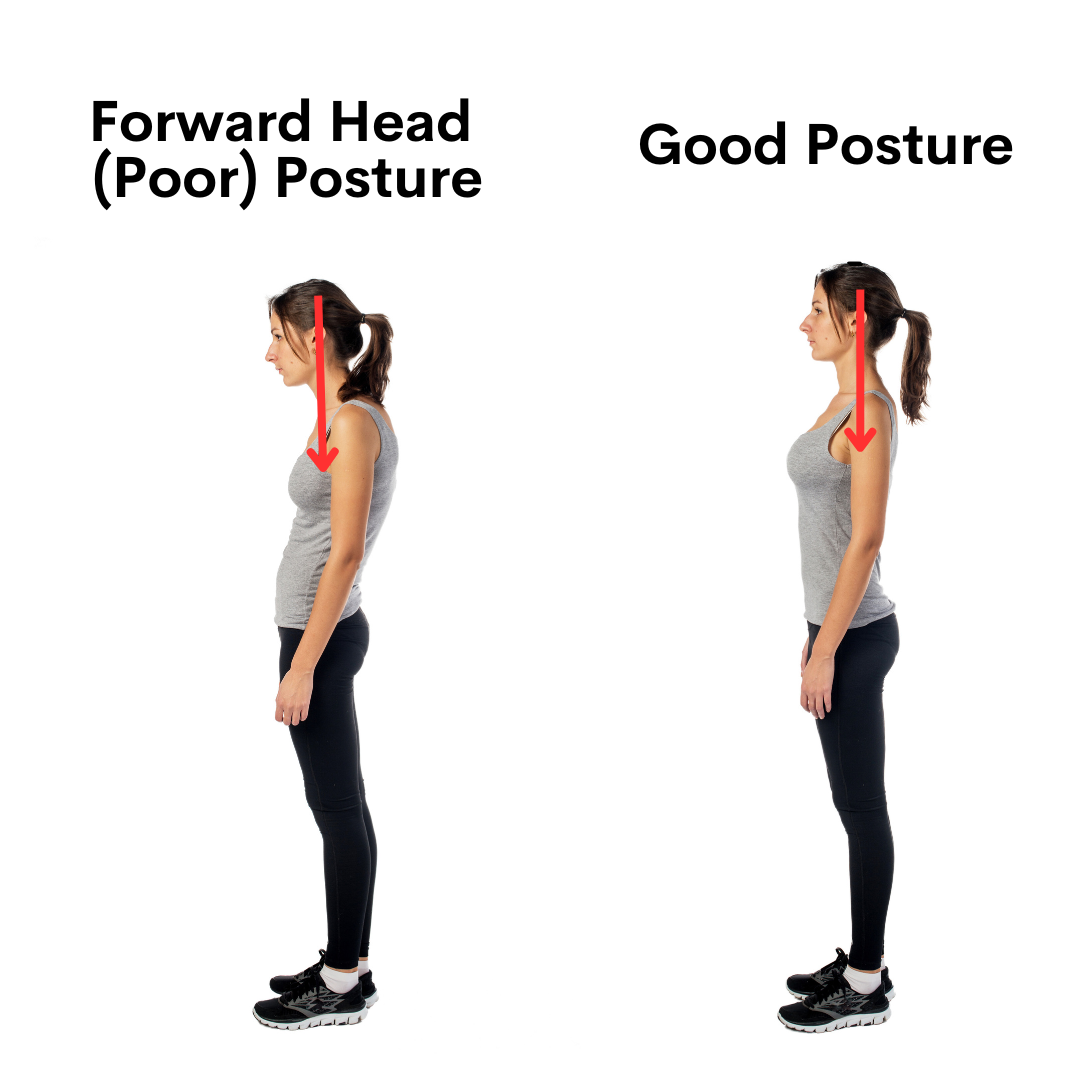 Secondly, check if your upper back and shoulder blades touch the backrest of the chair. If you have rounded shoulders or if you slump over your desk the shoulder blades will not completely touch the chair.
Secondly, check if your upper back and shoulder blades touch the backrest of the chair. If you have rounded shoulders or if you slump over your desk the shoulder blades will not completely touch the chair. Same is applicable for the lower part of the lumbar spine (lower back) and buttocks. When you sit up without slouching at the lower back these areas should touch the junction of the backrest and seat of the chair. HERE are the lumbar supports that I use and recommend.
Fourthly, check if your hip joint (junction of your torso to the thigh bones) and knee joints are at approximately 90 degrees. This is an ideal position for the legs and thighs. If your hip joint is not at 90 degree then it will affect the tilt of the pelvis and this will effect the lower back curve, leading to rounding or flattening of the lumbar spine, both of which are considered as poor posture. In an idea posture the lower back has a small curve shape which is neither flat nor exaggerated.
Lastly, check if your feet are on the floor. In an ideal sitting posture the feet should be flat on the floor so that three points are in contact with the floor – ball of big toe, ball of little toe and the heel. These points are together known as the tripod of the feet. If the feet are not balanced on this tripod they tend to roll onwards (flat or pronated feet) or outwards high arches or supinated feet) or you will be on your toes creating stresses on the small joints of the foot and the ankle.
It takes consistent effort to change habits and switch over to a good posture but it is not an impossible task. Here is a video on "Is it too late to fix your posture?"
Click HERE for a free checklist of how to maintain a good posture while working from home.
If you like this blog and want to be notified about new blogs as soon as they are published, subscribe to my mailing list below.
I would love to see you around the internet! For other places you can explore more about me: https://withswati.com/page/link
Note: This blog contains affiliate links which will bless me and I will be able to help more people with spine, nerve and joint pain.



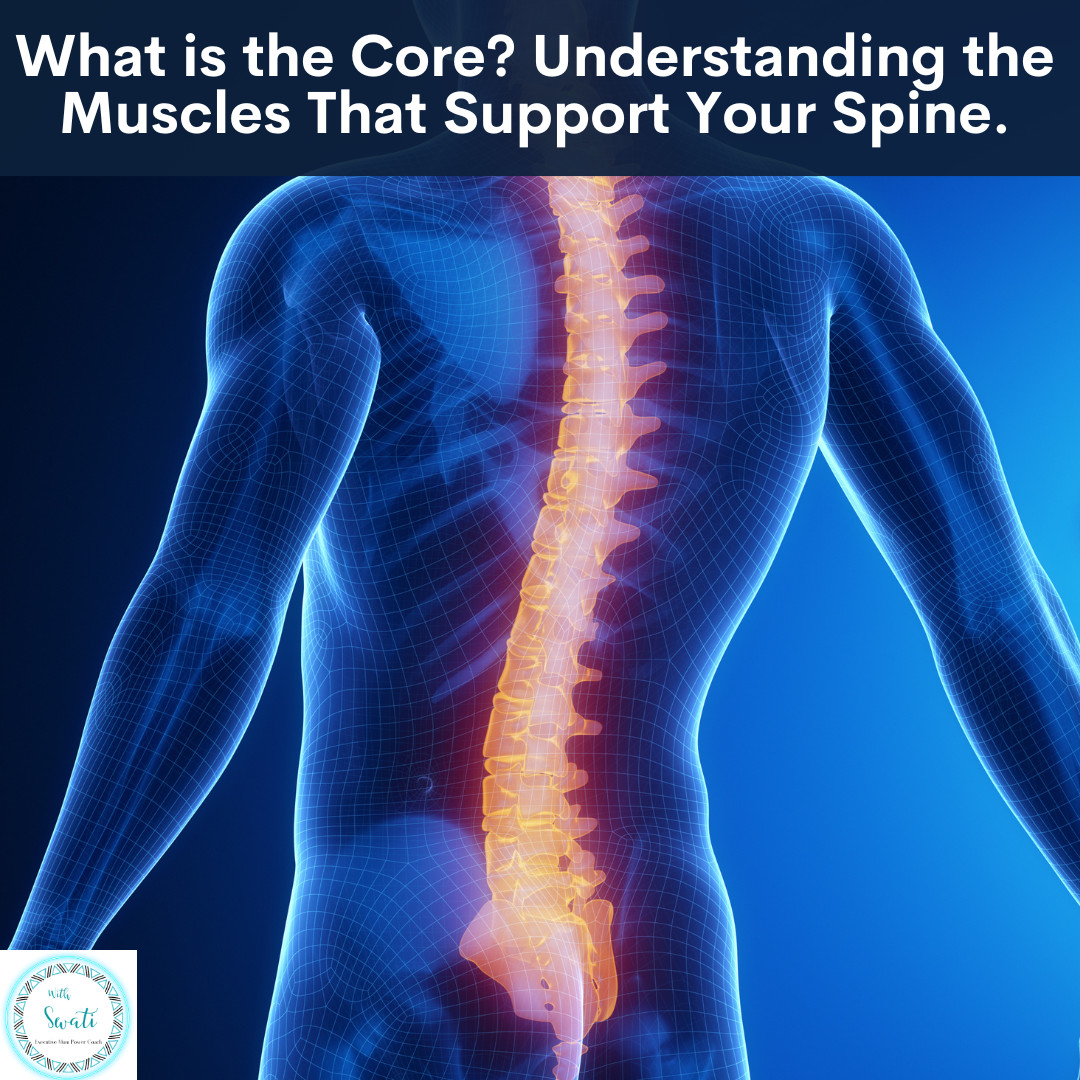

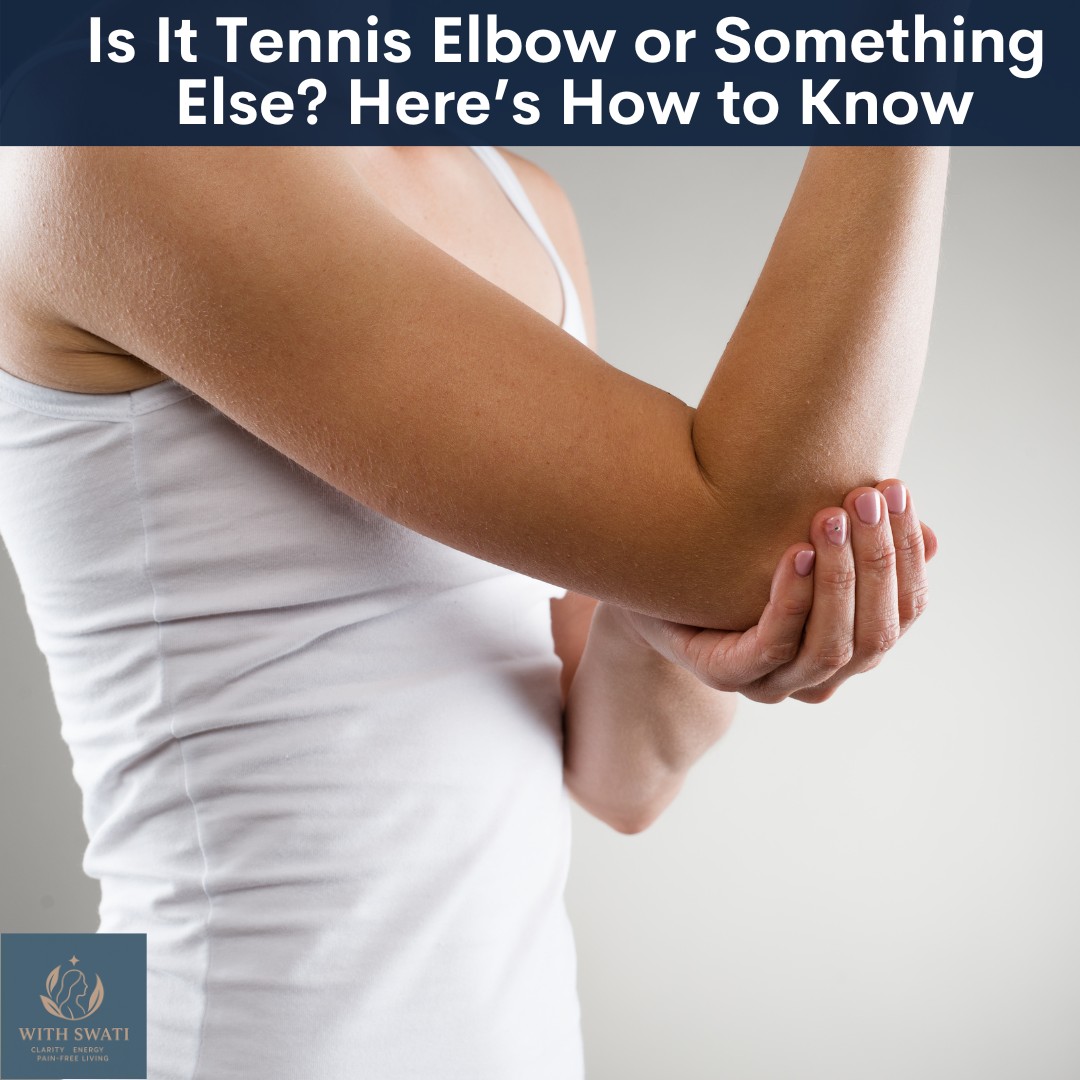




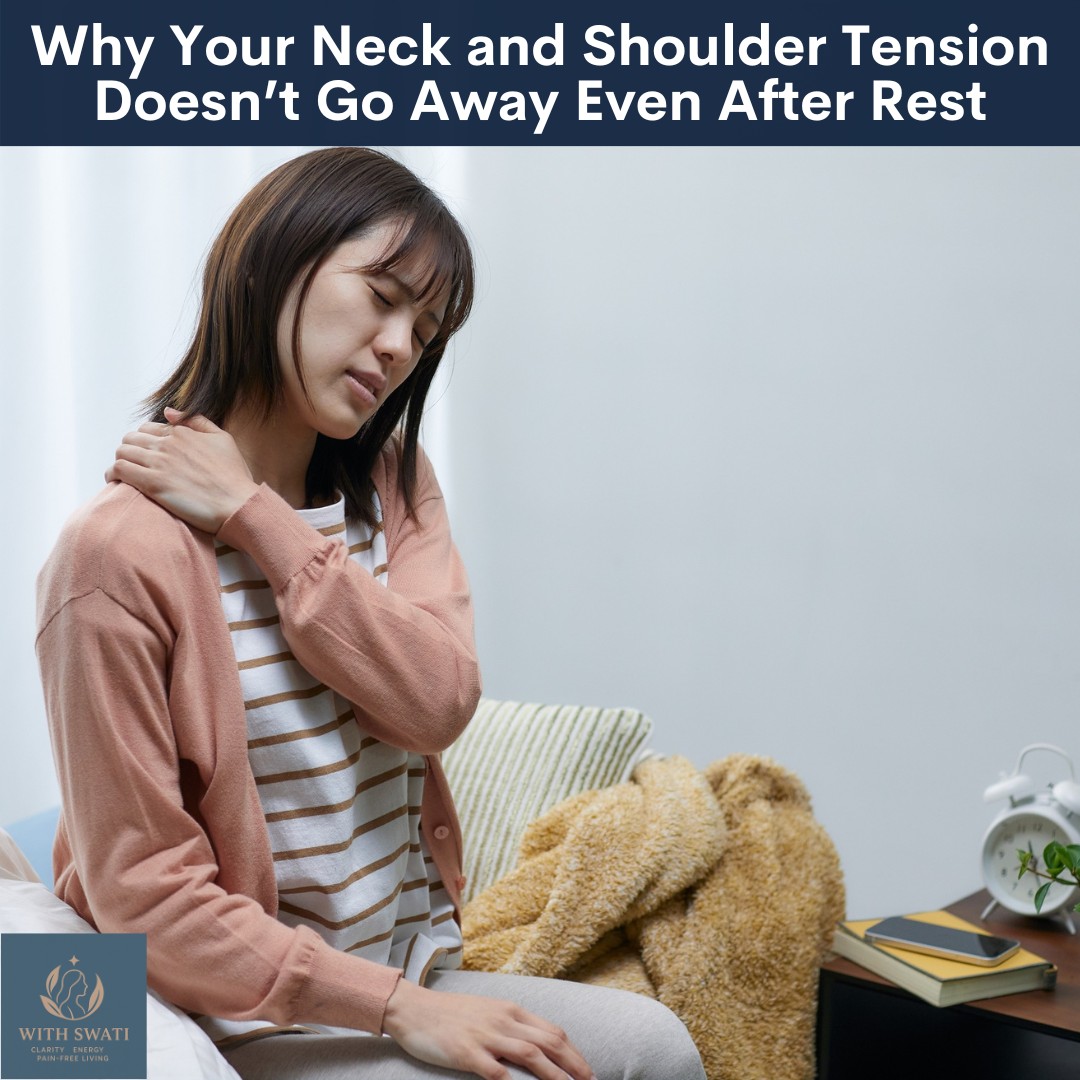





0 Comments